A look at this week’s top meta decks in Hearthstone.
The current Hearthstone meta is an interesting one. While the first week of release was dominated almost solely by Galakrond Shaman, and the second week (post-nerf) saw those decks that had risen to destroy it (Face Hunter and Deathrattle Rogue) duking it out for supremacy, the meta over the last couple of weeks has settled quite well.
While not the most diverse I’ve seen, it’s one of them, with a wide variety of viable decks. Every class boasts at least one Tier 2 or above deck, save Mage, which is something you don’t see often.
But let’s define some terms and conditions real quick before we get down to this meta report.
For clarity, this article assumes that every deck falls into one of four major deck types: Control, Aggro, Midrange, and Combo.
Control decks aim to win the late game, focusing on long term value generation and removal, often with healing or other stall tactics available. Control decks plan to win well after turn 10.
Aggro decks are aggressive, and aim to take the board or otherwise deal damage to the opponent early, typically aiming to win by turn seven at most.
Midrange decks fall in the middle of these two, with enough value generation to go into the late game, while having a decent early game presence. Midrange decks appropriately enough excel in the mid-game, hitting their stride around turn four and getting progressively stronger until turn eight or so. They aim to win around turn 10 or a bit after but can go longer.
Combo decks are any deck that aims to win in one burst using a combination of cards. Usually, this is some one turn kill effect (like Holy Wrath Paladin, or the Miracle Rogue of old) but is occasionally just creating oppressive enough board states that the opponent can’t deal with them (like Nomi Priest or the old Taunt Druid).
As well, I’ll be referring to Deck Tiers in this article. Typically these are tiered 1-4. Tier 1 decks being the best, Tier 4 being the worst of he popular decks. Any unique and weird decks that very few people actually play (or can’t crack a 40% or so winrate) theoretically fall into a phantom “Tier 5”.
I’ll exclusively be talking about Tier 1 and 2 decks here.
A Tier 1 deck is the best; it is in the highest winrate bracket for the current meta. Sometimes this is a “tier of one” if a deck is particularly unbalanced (say a single deck has a 60% win rate and no others do).
Tier 2 decks are a step lower than that. In short, Tier 1 decks are the best, but Tier 2 decks are perfect.
Which brings us neatly around to the topic for today. When I say the meta is diverse, I mean the number of Tier 1 and 2 decks is quite large for the average meta, which is excellent for the game. And not only are the number of decks large, but they are also relatively close in winrate. The difference between the win percentage of the current best deck (Pirate Warrior) and the lowest Tier 2 deck (Embiggen Druid) is only around 4%.
By individual class, Warrior is currently the best performing class, with a pair of strong Tier 1 decks: Pirate Warrior and Galakrond Warrior (which tend to trade off the top spot). The former is a hardcore Aggro deck, while the latter trends closer to a Midrange playstyle.
Warlock comes in at second, with a powerful Tier 1 deck (Galakrond Zoolock, the second-highest winrate currently) and a respectable Tier 2 offering (Handlock). The former is hard Aggro and the latter strong Control.
Hunter trails a bit, carried by two decks that hover at the border between Tiers 1 and 2: Secret Highlander Hunter (the lowest winrate Tier 1 deck) and Face Hunter (one of the highest winrate Tier 2 decks), plus Highlander Dragon Hunter, a low Tier 2 deck. The first is distinctly Midrange, the second the most aggressive Aggro deck the game has seen in years, and the third another Midrange deck.
Shaman is still coasting by on the strength of Galakrond Shaman alone, a strong Tier 2 deck, and sadly the only viable deck Shaman has right now. The other popular decks are low Tier 3 and low Tier 4 (Aggro Overload and the Quest variant of Galakrond Shaman). That leaves Galakrond Shaman as their sole deck, and one hard to pin down in type; it is closest to a Midrange but verges on Control.
Rogues have on paper the most diversity of deck, with three quite powerful Tier 2 decks, but if you squint closely, there are only two distinct ones: Deathrattle Rogue (in Galakrond and non-Galakrond variants) and Highlander Galakrond Rogue. All three are value-based Midrange decks, with the Deathrattle variants having a bite of Combo to them.
Priest is an interesting wildcard here. Priest boasts some of the worst decks in this game right now. Pure Galakrond Priest just barely squeaks into Tier 4 (with a 40.01% winrate), and Combo Priest is a weak Tier 3. This artificially lowers Priest’s overall winrate below the deserved respect they should receive: the Tier 1 Quest Resurrect Priest is a powerhouse deck (the third strongest deck in the game right now by less than .5% behind Zoolock) that has favorable matchups against every class’ most popular decks, save Warrior and Rogue. It is the hardest of hardcore Control decks and the only real one in the meta right now.
Druid is currently in a rough spot, with two Tier 2 decks: Token Druid and Embiggen Druid. Both are board based Aggro decks, though Embiggen toe the line between Aggro and Midrange.
Paladin (my favorite class, for reference) was much better before the meta shift and has fallen on hard times, with a pair of decent Tier 2 decks: Mech Paladin and Pure Paladin. This gives it a strong board based Aggro deck and a solid Midrange deck to play around with.
Finally, we have poor Mage. It’s the best deck is Tier 3 (Highlander Mage), a weird high roll-y Control deck, for lack of a better designation.
This gives us a distribution of viable decks that looks like this:
- Aggro Decks: 5
- Control Decks: 2
- Midrange Decks: 9
- Combo Decks: 0
As is apparent, the meta is currently dominated by midrange decks. This makes sense if you think about it; Face Hunter, Galazoolock, and Pirate Warrior are ruthlessly aggressive enough to rip apart most other aggro decks and are potent enough to take down all but the staunchest Control decks (as can be seen with Handlock; it loses handily to face Hunter and has a slight advantage against the others mentioned).
This leaves the only recourse a hybrid strategy that can take down the highly effective aggro decks. While still not being stopped by the brick wall that is Quest Resurrect priest (which crushes Face Hunter and is solid against all of the other Aggro decks save Zoolock and Token Druid, which are slightly favored).
This tells us something beyond the deck designation: decks that can quickly and effectively produce wave after wave of minion are quite useful in the current meta, which is very board focused. There are no OTK combo decks above Tier 3 right now, and Face Hunter is the only class that reliably deals damage straight form their hand to your face.
He who controls the board, controls the game, making Midrange decks with good tempo swings (playing on a curve, spending all their mana, and producing maximum value for resources used) the current dominant strategy. The Aggro decks that excel right now are very tempo oriented in the same way, and survive by being able to produce more value faster than the Midrange and Control decks can deal.
So, pulling it all together, if you want to build a deck that survives in the current meta, build something that isn’t just fast but consistent and, most importantly, able to take back tempo form the opponent. Having a couple of board clears in your deck is something you want, as are ways to refill the board quickly when and if it’s wiped; cards like Faceless Corruptor and other powerful Rush are consistently played in any deck that can run them; Devoted Maniac, Faceless Corruptor, Zilliax, and Scion of Ruin are all in the top 10 cards played daily.
Flexible Legendaries that do a lot of things at once, like Zephrys, Zilliax, and Siamat, remain very powerful, and that goes double for cards that can be two-ofs in a deck (Devoted Maniac in particular).
So when considering what new deck to build or try, or mulling over improvements to existing decks, make sure to keep in mind how much tempo, on average, a card you’re playing currently gives you, because your opponent (especially if they are a Warrior or Warlock) will be almost certain to punish any lapses in judgment on that part.

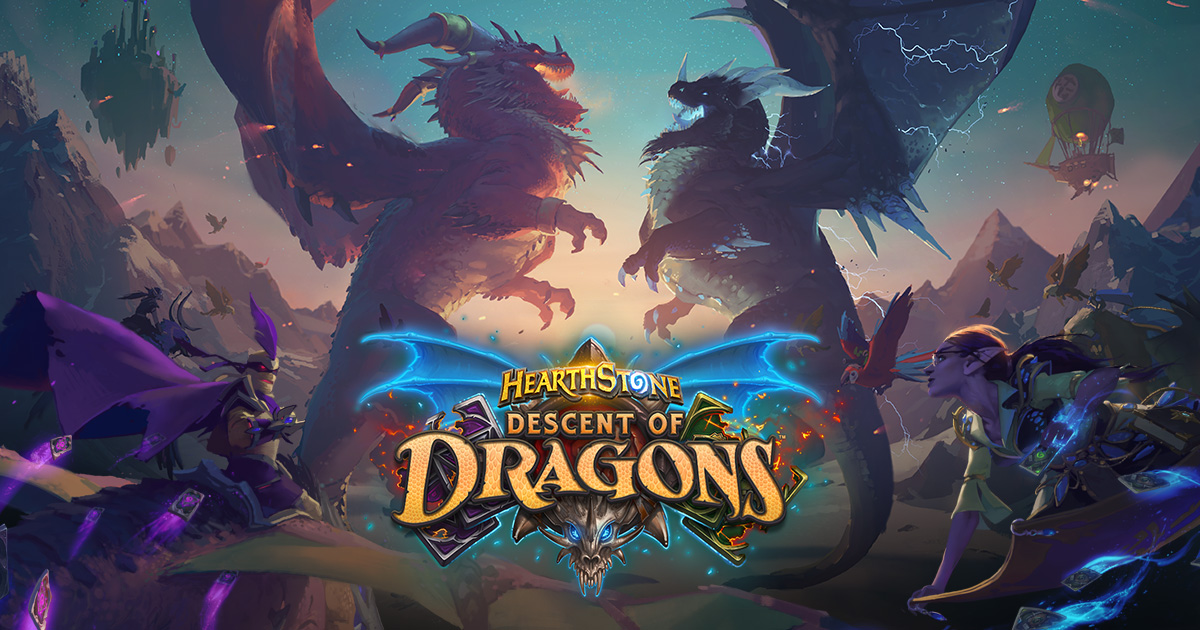
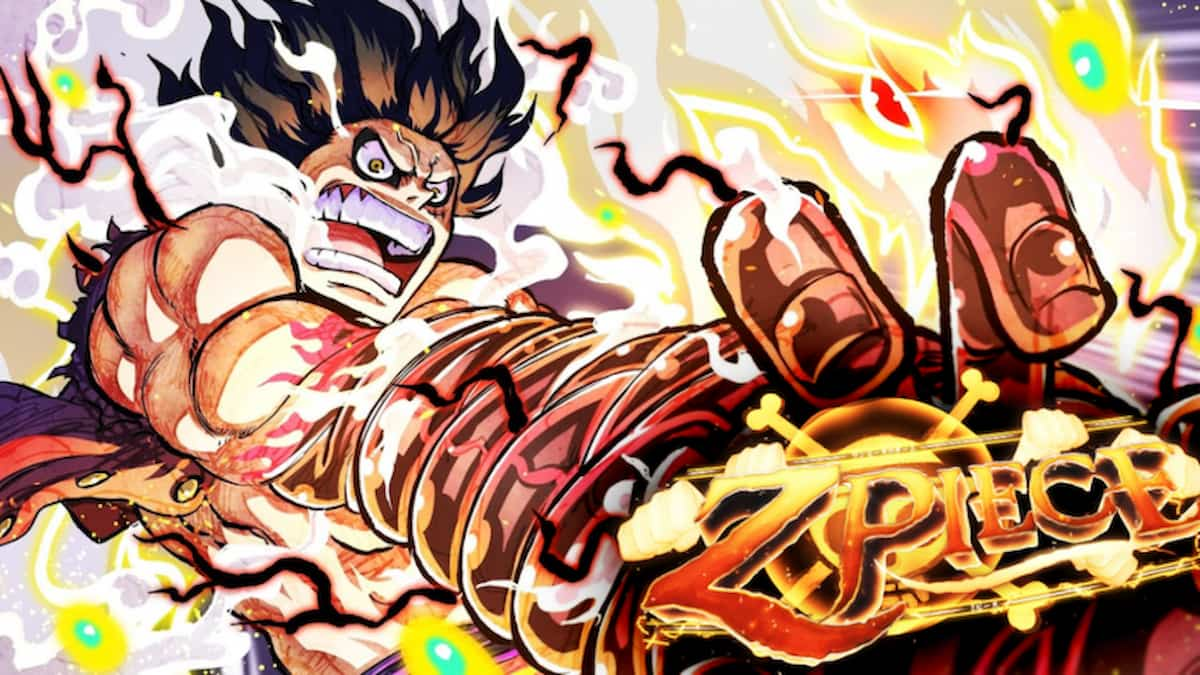
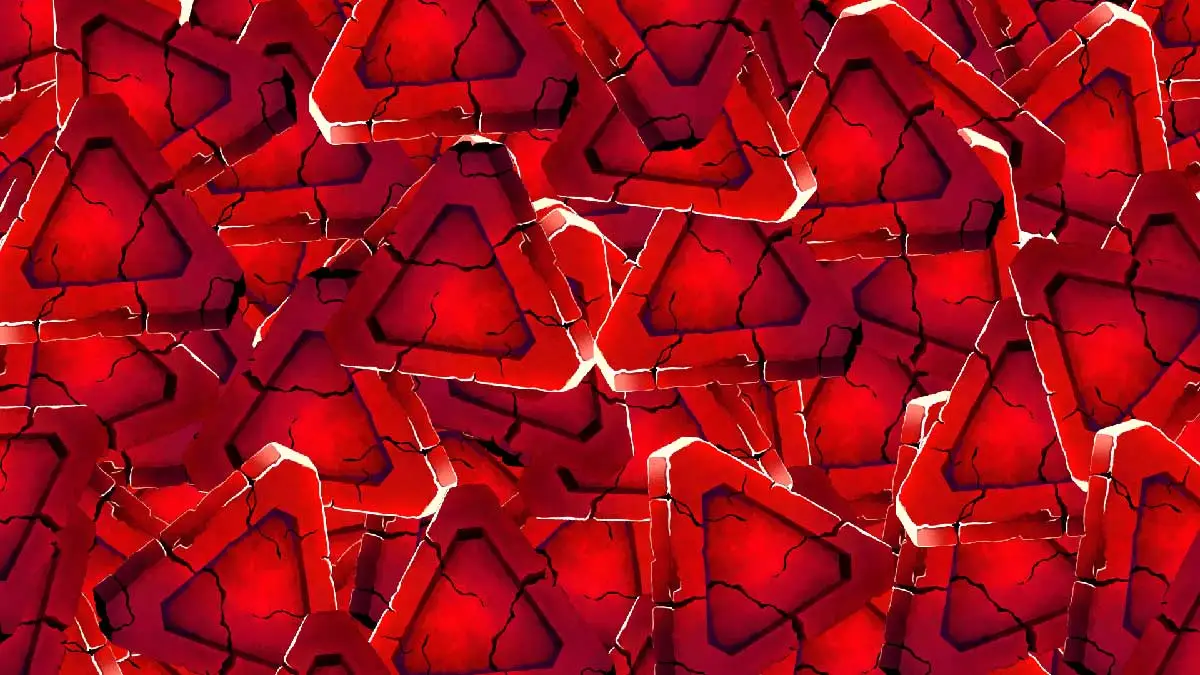
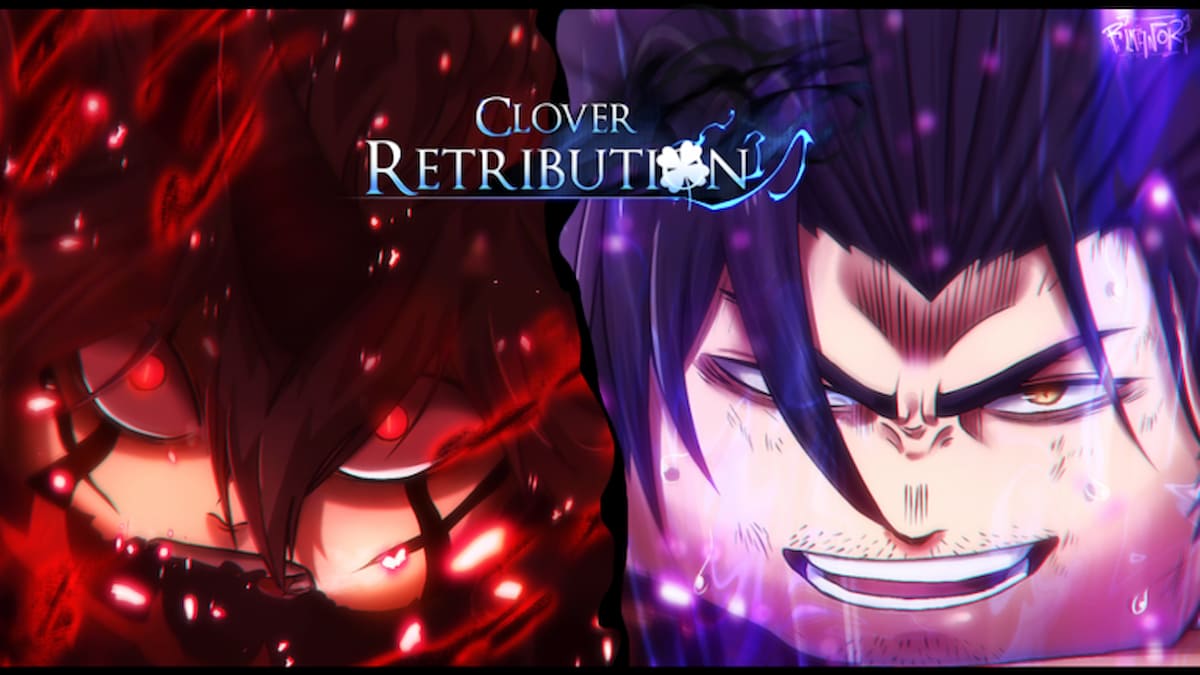

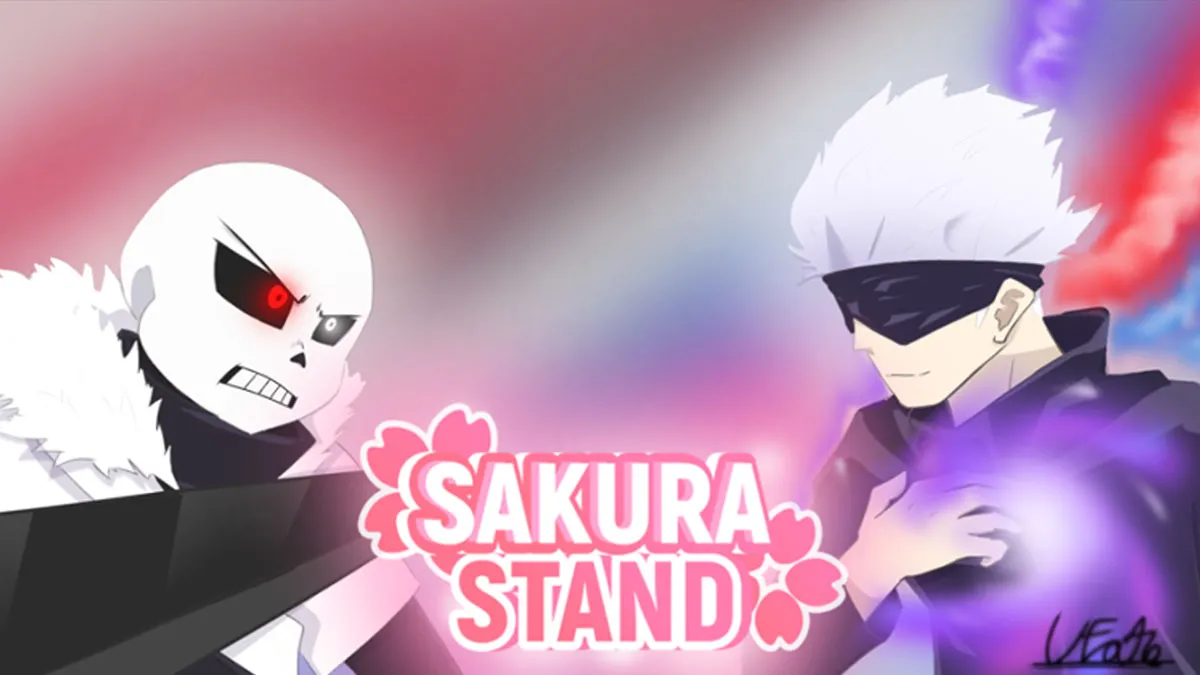
Published: Jan 7, 2020 11:57 pm